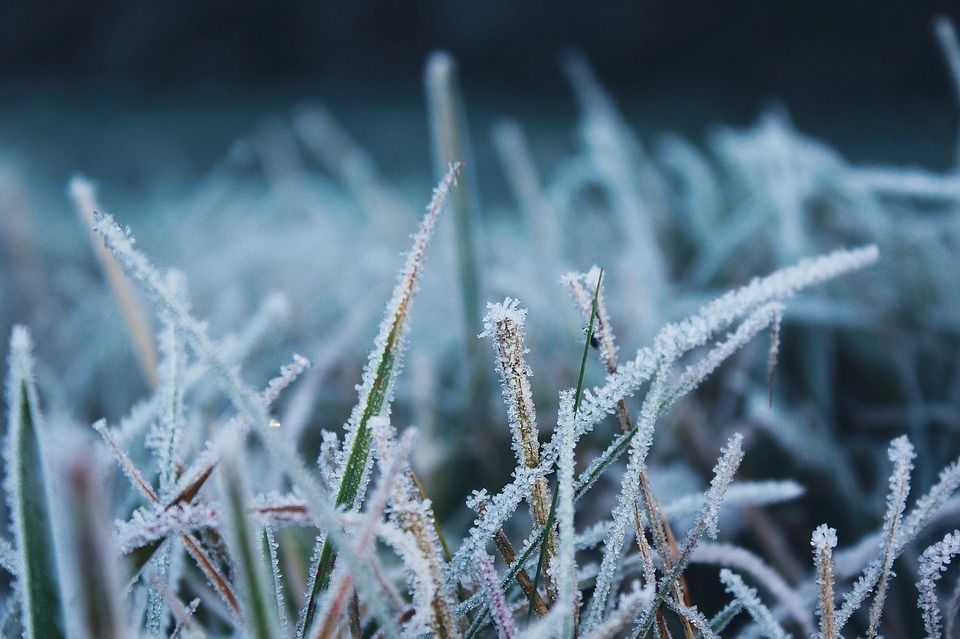
How to Care for The Lawn in Winter?
Picture this: On a bleak and chilly morning, you wake up and look outside your frosted bedroom window. Low and behold, your entire front lawn has disappeared! In its place is a cloak of whalebone-white snow that appears to grow thicker with each perfect snowflake. Winter has finally arrived.
The onset of winter season can signal the start of several traditions and practices. Whether it is putting up Christmas lights, drinking hot chocolate, or reading a book in a warm chair by the fireplace. Yet, there is more to winter than draping yourself in woolen sweaters and playing board games with family.
The cold season also demands several chores such as shoveling snow off the driveway, dusting carpets, and fixing the radiator. One such activity that cannot be ignored, even in snowy weather, is lawn maintenance.
Contrary to popular understanding, lawn care does not stop during winter. In fact, it is a time where maintaining your lawn should be given the utmost priority.
Although, grass has been observed to turn dormant in winter, this does not necessarily mean that you can put away your tools and head indoors. After all, you still want your front yard to preserve its luscious green appearance once the snow has melted, don’t you?
This is where winter lawn care comes in handy. Despite icy temperatures causing the grass to quit growing, there are several ways to tend to your lawn during wintertime. Here are the top five techniques of caring for your winter lawn in summer:
Table of Contents
ToggleOn fertile ground
Much like human beings, lawn grass needs to eat healthy too! Therefore, the first step to lawn care during winter is to fertilize the grass well. You can use some good grass whips too in case your lawn got weeds and excessive grass.
According to lawn maintenance experts, a lawn is said to be ‘nutrient-rich’ if it receives Nitrogen, Potassium, and Phosphorus on a regular basis. So, the next time you go fertilizer shopping, make sure you purchase a bag that contains trace amounts of all three chemical elements.
But when is the right time to sprinkle fertilizer on your lawn? During summer or spring, the grass is ready to sprout and is extremely responsive to even a few pinches of fertilizer. However, that is not the case for winter lawns.
Thanks to shivering temperatures, the soil beneath lawn grass becomes frigid and is unable to absorb the fertilizer. Here, the trick to promoting grass growth is to fertilize your lawn before the mercury starts to drop to sub-zero temperatures.
It’s a mow down!
Cutting the grass and keeping it short is another technique that will help your lawn get ready for winter. In this case, it is advisable to start up the lawn mower in fall season itself. Don’t worry about dried leaves as you can simply mow over them.
Once they are cut up and spread all over the lawn, the dry leaves will start to decay and thereby, act as a natural fertilizer. Veterans in the lawn maintenance industry suggest that the grass blade should be cut a half inch shorter than its usual post-trim height. But beware of excessive mowing as grass that’s cut too short can enable weeds and other plant diseases.
Be rid of killer weed
Weed is to lawn grass what locusts are to crops of wheat or rice; they are both undesirable parasites that wreck their host and hence, need to be eliminated quickly. Getting rid of killer weeds plays a crucial role in sustaining the natural beauty of a lawn.
The best way to prevent weed infestations is by regularly taking care of your lawn. But sometimes, it just isn’t enough. In such cases, sprinkling herbicides all over your front yard can solve the problem in a jiffy. Weeds tend to become more active in cool weather which is why you should exercise great caution when tilling the soil or cutting grass.
Let it breathe
In lawn care circles, it is well-known that a healthy lawn is determined by the roots of its grass. Since winter is bound to bring some snow with it, aerating your lawn is highly advised. This will not only increase root growth but also make it easier for the grass to photosynthesize. Additionally, aerating your lawn can act as a major barrier against insects that will otherwise settle beneath the snow cover.
The next step you might be contemplating is – How do you aerate your lawn? Thankfully, there are several devices that can help you achieve this pivotal task. Much like lawn mowers, core aerators are motorized appliances that are specifically designed to provide some air to your grass. But if you’re looking for a cheaper alternative, a spade and an efficient hand will also do the trick.
Sow your seeds
If you’d like to go a step further in caring for your lawn this winter, then we strongly suggest purchasing cool-weather grass seeds. Manufactured solely for those harsh winters, these seeds can be sprinkled all over your front or backyard to guarantee a lush-moist grass in the coming spring. Extreme and unpredictable wintery conditions will inevitably impact your lawn. The only recourse is to continuously monitor the grass and pay equal attention to the weather.


